Fancy A Bolder Homegrown Brew? Try These 6 Unusual Plants For Making Tea
It’s exciting to try some unusual plants for making tea. Enjoy these unusual tea flavors, and try some for their medicinal qualities.


True tea—black, oolong, green, and white—is made from the leaves of Camellia sinensis. This evergreen shrub is native to most of eastern and southern Asia. The term tea is also often used for infusions or tisanes made from other plants. You can make tea from many different plants, resulting in a wide variety of flavors, aromas, and in some cases, medicinal benefits.
Growing and making your own tea can be rewarding. It allows you to control the flavors and ensure the plant material going into the infusions is organic. Some options for herbal tea are obvious and easy to grow, like mint or chamomile. You can also get some more unusual tea flavors by trying other plants. Once you’ve grown these plants, making tea is as simple as steeping the leaves or flowers in boiling water.
6 Most Unusual Plants for Making Tea
There are many plants that can be made into tea, including those you cultivate solely for this purpose as well as plants already growing in your yard. The leaves of certain shrubs, herbs, ornamentals, and even weeds make tasty teas.
1. New Jersey Tea (Ceanothus americanus)
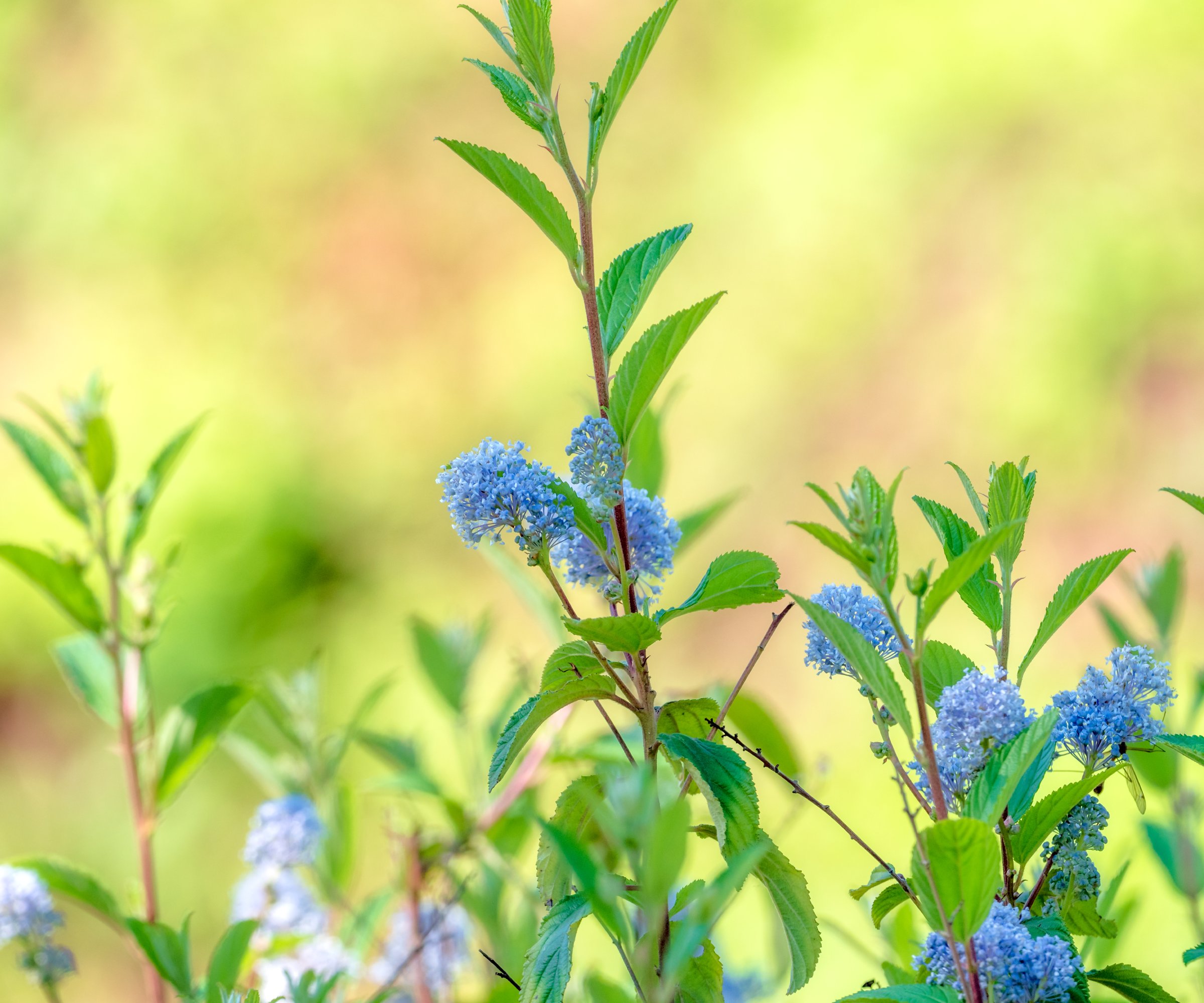
If you live in the eastern U.S. or Canada, you might already have this native species in your garden. If not, you can likely forage leaves for tea in a local park. The common name for this shrub dates from the American Revolution when residents used it as an alternative to true tea. The leaves of New Jersey tea make a tasty tea, and the roots might be medicinal. Native Americans used them to treat upper respiratory infections.
2. Yarrow Tea (Achillea millefolium)
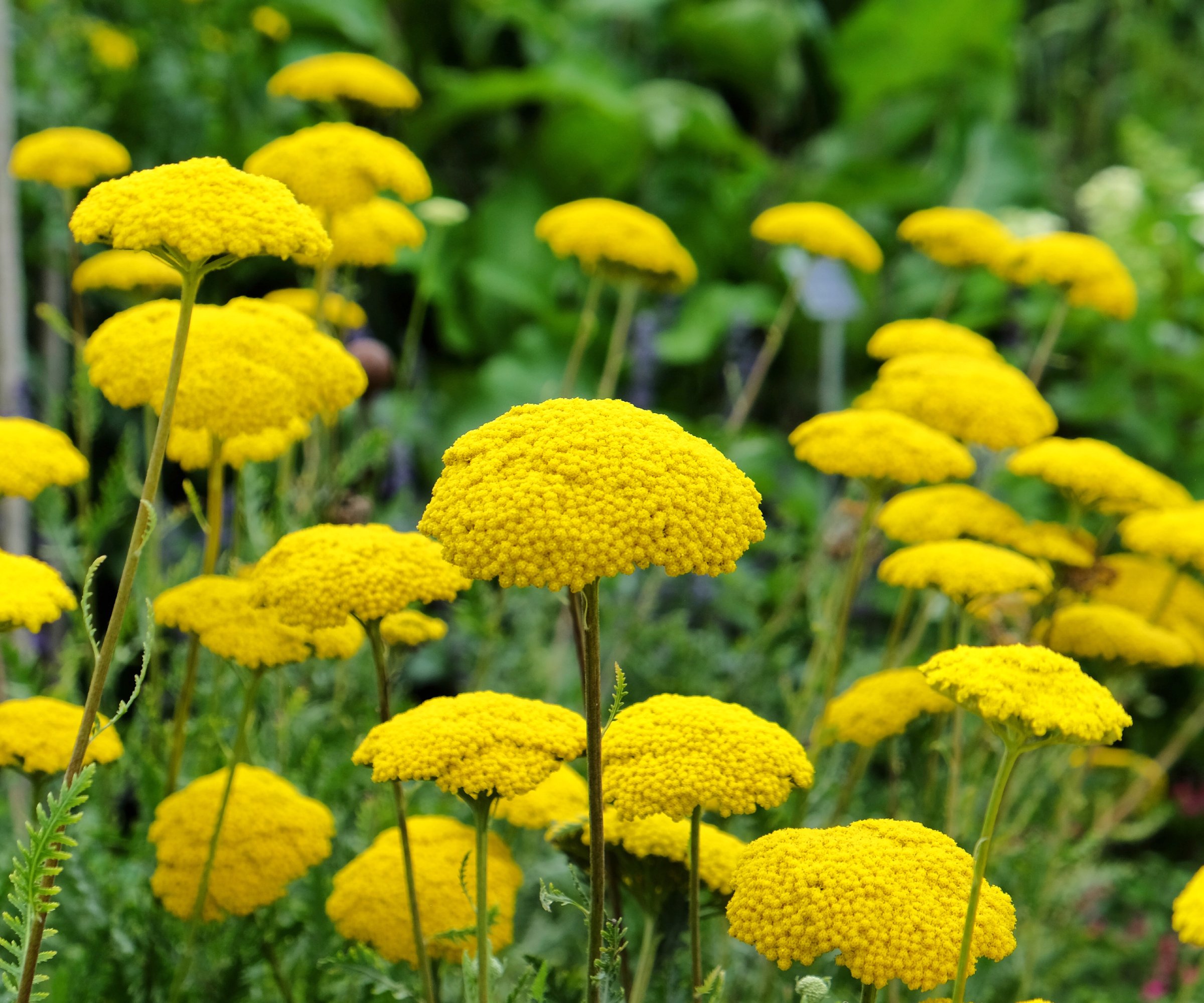
Yarrow commonly grows wild in most areas of the country. Pinch it to smell the medicinal quality of this herb. Used for a number of ailments for thousands of years, the benefits of yarrow tea comprise a long list: Antibacterial properties, pain and inflammation relief, an aid for digestion, an immunity builder, a fever reducer are just some. It’s also said to relieve stress and insomnia. Pick the tiny flowers in spring and dry them for tea.
Note: Pregnant women should not ingest yarrow.
3. Hibiscus (Hibiscus sabdariffa)
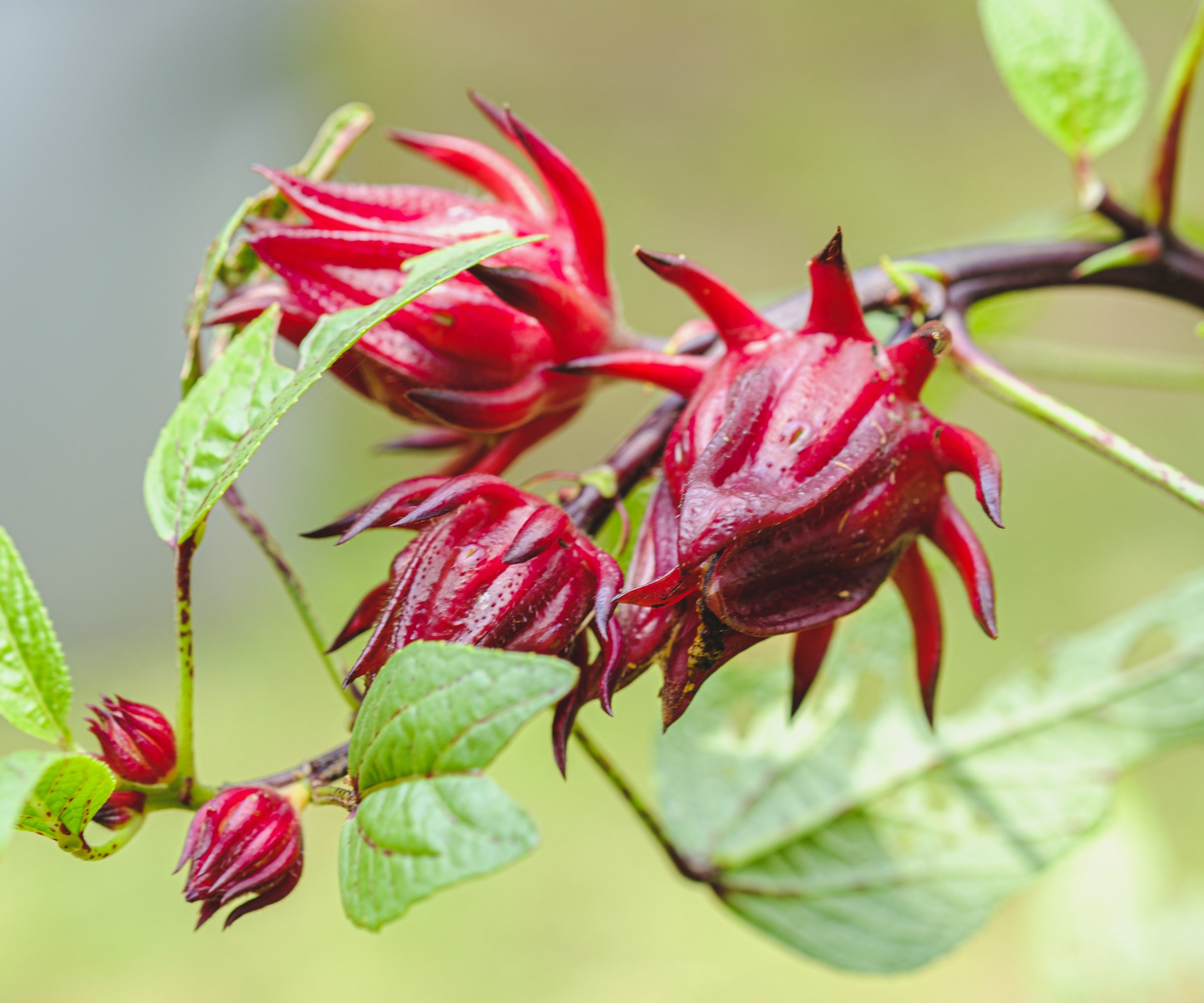
Also known as roselle, this type of hibiscus is edible and makes a tasty, nutritious and tangy tea. Native to West Africa, it is hardy in USDA zones 8 through 11. To make tea from hibiscus, harvest the prominent, fleshy calyx of each flower. You can also use the calyx to make wine, juice, jam, and syrup.
Sign up for the Gardening Know How newsletter today and receive a free copy of our e-book "How to Grow Delicious Tomatoes".
4. Dandelion (Taraxacum officinale)
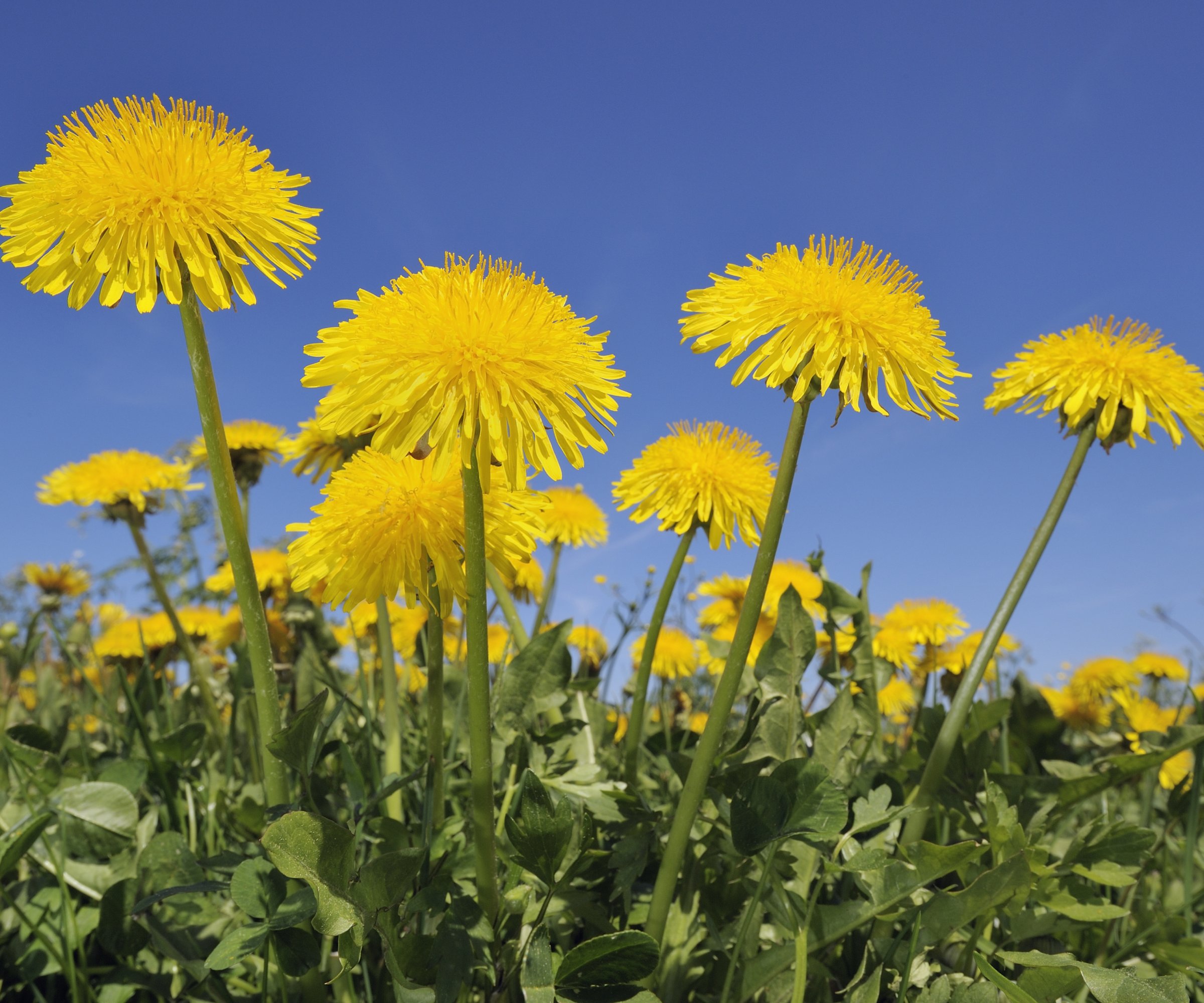
Of all the wild plants to make tea from, the humble dandelion is probably the easiest to find. Every part of the dandelion is edible and also nutritious. Steep a handful of fresh dandelion flowers in boiling water to make a refreshing tea. It is rich in vitamins A, C, and K, folic acid, calcium, and potassium. It also has antioxidants and may reduce inflammation.
5. Ginger (Zingiber officinale)
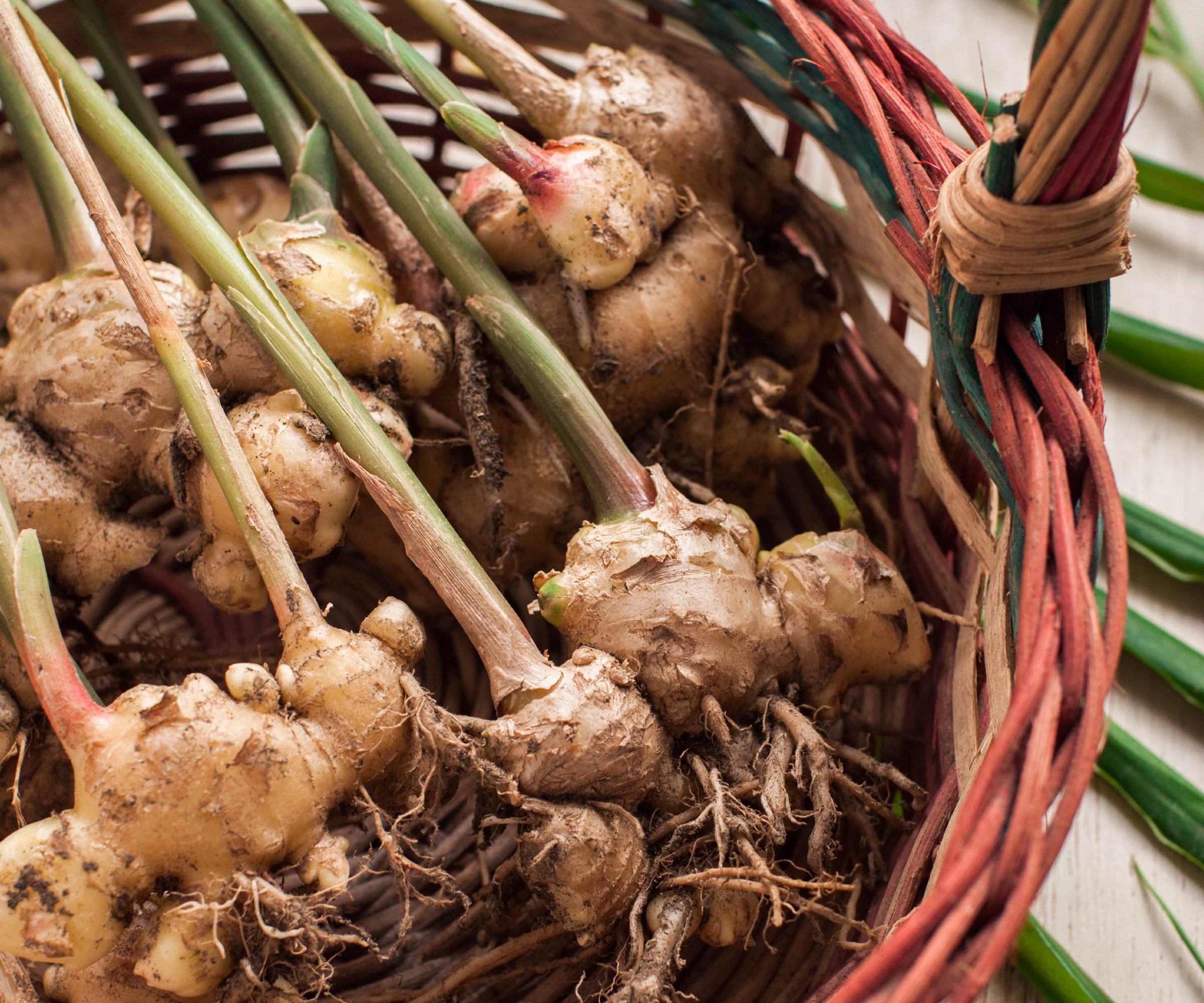
Of all the odd plants for making tea indoors, this is one of the most unique. Ginger is a pretty ornamental plant that is only hardy in zones 9 through 11 but that can be grown in containers indoors. Steeping fresh ginger root in boiling water makes an invigorating, spicy tea that relieves a variety of digestive symptoms.
6. Bee Balm (Monarda didyma)
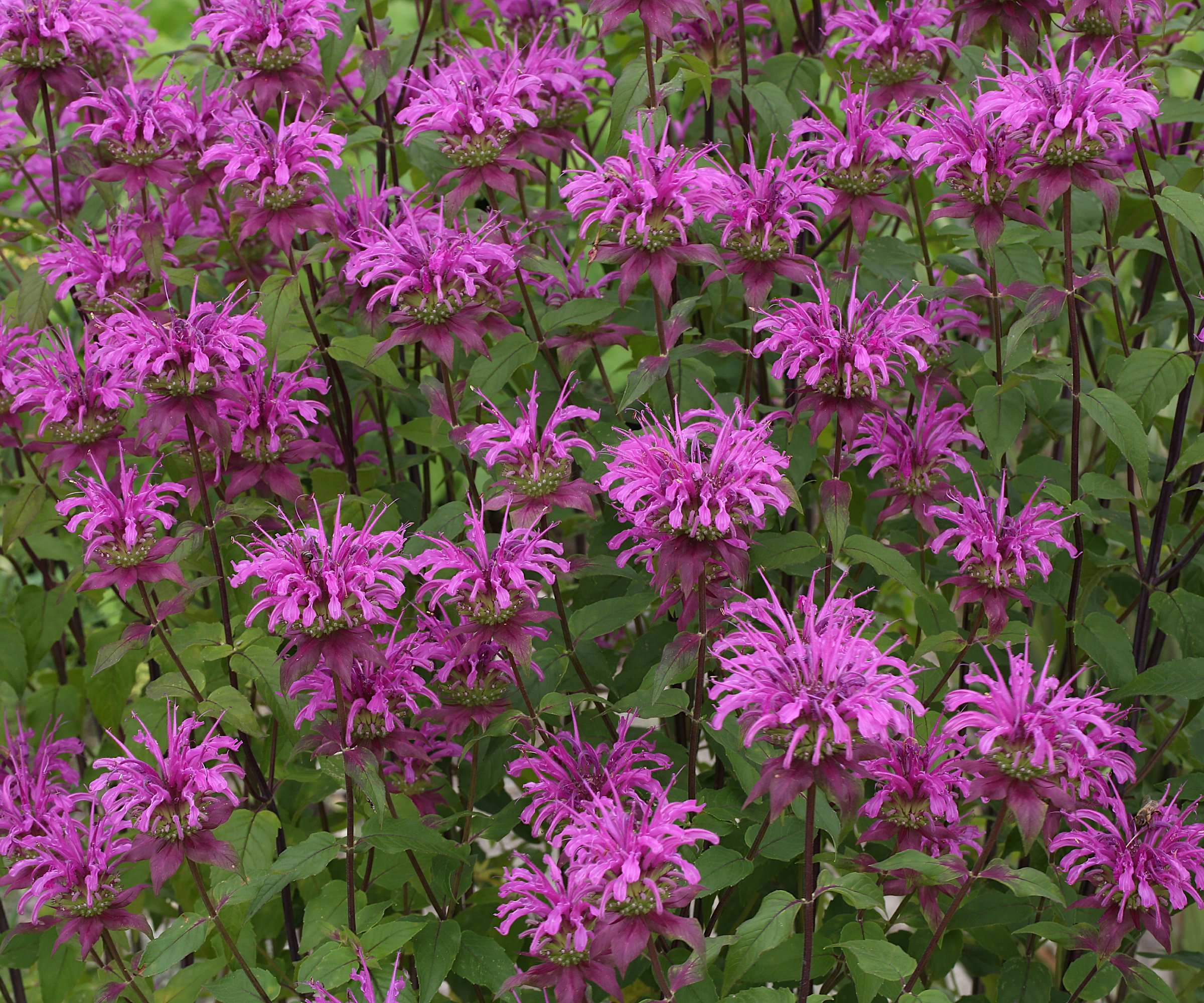
Bee balm is a popular perennial and North American native wildflower with pretty flowers that attract pollinators. It’s also known as wild bergamot because it has a smell and flavor similar to the citrus plant bergamot used to flavor Earl Grey tea. Use bee balm leaves to brew a tasty drink called Oswego tea. Native Americans drank the tea to reduce pain and manage digestive symptoms.

Mary Ellen Ellis has been gardening for over 20 years. With degrees in Chemistry and Biology, Mary Ellen's specialties are flowers, native plants, and herbs.